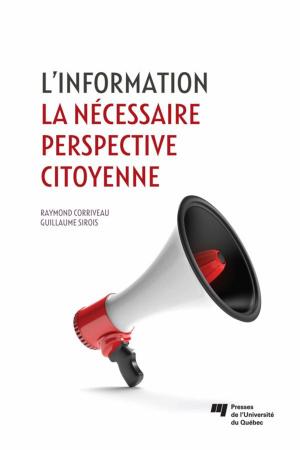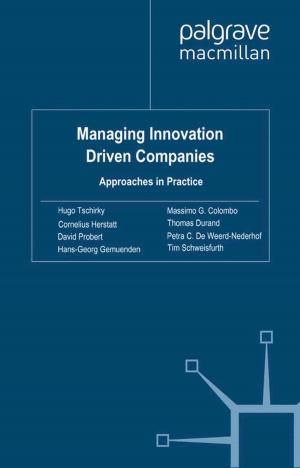Hydropower Development in the Tsangpo-Brahmaputra Basin: A Prime Prospect for China-India Cooperation
Business & Finance, Industries & Professions, Industries| Author: | Brian Yanity | ISBN: | 9780989456302 |
| Publisher: | Brian Yanity | Publication: | June 21, 2013 |
| Imprint: | Smashwords Edition | Language: | English |
| Author: | Brian Yanity |
| ISBN: | 9780989456302 |
| Publisher: | Brian Yanity |
| Publication: | June 21, 2013 |
| Imprint: | Smashwords Edition |
| Language: | English |
This review article provides an overview of India and China’s hydropower development plans for the Brahmaputra watershed, specifically on the Yarlung Tsangpo/Siang River straddling the border region of the two countries. It is predominately a qualitative literature review, providing a high-level engineering discussion of the alternatives of hydroelectric development on the Great Bend of the Yarlung Tsangpo with a minimum amount of ecological and social impact. This site is the world’s greatest single hydroelectric power potential, with more than 40 GW of feasible power generation capacity. The Brahmaputra basin as whole has over 200 GW of hydropower potential, less than 1% of which has been developed, all within a feasible electric power transmission distance of over one billion people. The possibilities and mutual benefits of cooperation between India and China, and the exceptional magnitude of hydropower potential on this shared Himalayan river basin, are discussed. To facilitate such cooperation, there is a great need for increasing collection and sharing of accurate technical and scientific information, particularly hydrological data. Such transparency and increased scientific knowledge is required to guide the socially responsible development of infrastructure projects in the Tsangpo-Brahmaptutra basin, to conserve and protect natural resources, help build trust and reduce the likelihood of conflict between the two regional superpowers.
This review article provides an overview of India and China’s hydropower development plans for the Brahmaputra watershed, specifically on the Yarlung Tsangpo/Siang River straddling the border region of the two countries. It is predominately a qualitative literature review, providing a high-level engineering discussion of the alternatives of hydroelectric development on the Great Bend of the Yarlung Tsangpo with a minimum amount of ecological and social impact. This site is the world’s greatest single hydroelectric power potential, with more than 40 GW of feasible power generation capacity. The Brahmaputra basin as whole has over 200 GW of hydropower potential, less than 1% of which has been developed, all within a feasible electric power transmission distance of over one billion people. The possibilities and mutual benefits of cooperation between India and China, and the exceptional magnitude of hydropower potential on this shared Himalayan river basin, are discussed. To facilitate such cooperation, there is a great need for increasing collection and sharing of accurate technical and scientific information, particularly hydrological data. Such transparency and increased scientific knowledge is required to guide the socially responsible development of infrastructure projects in the Tsangpo-Brahmaptutra basin, to conserve and protect natural resources, help build trust and reduce the likelihood of conflict between the two regional superpowers.















